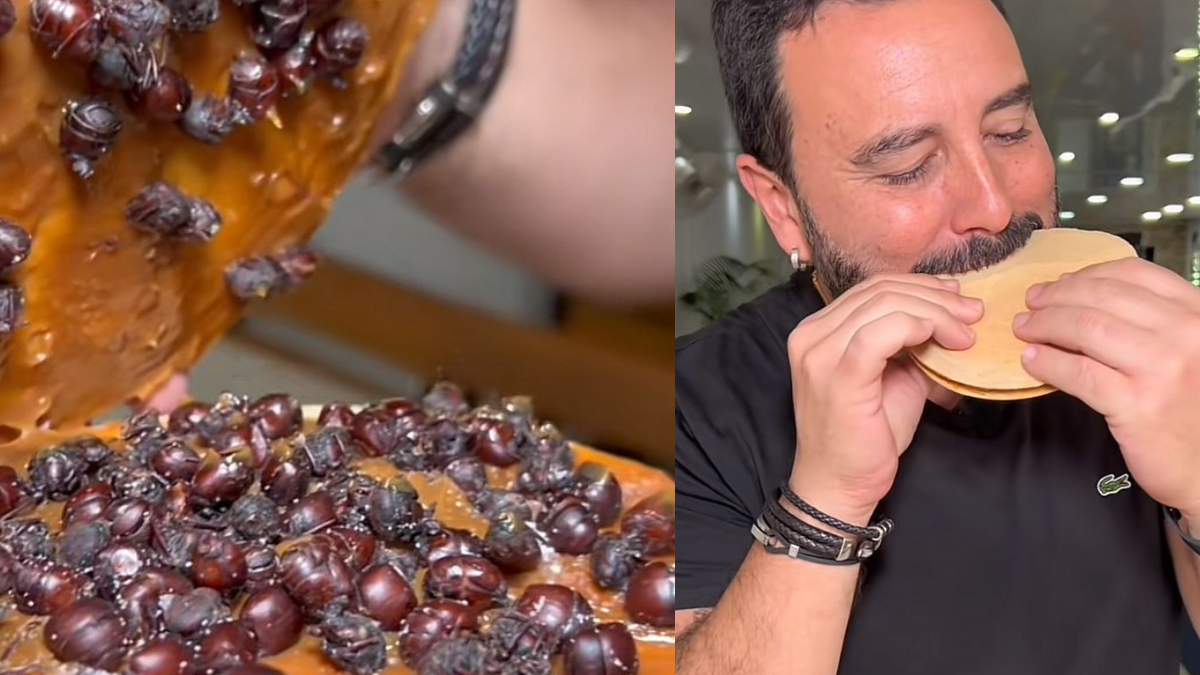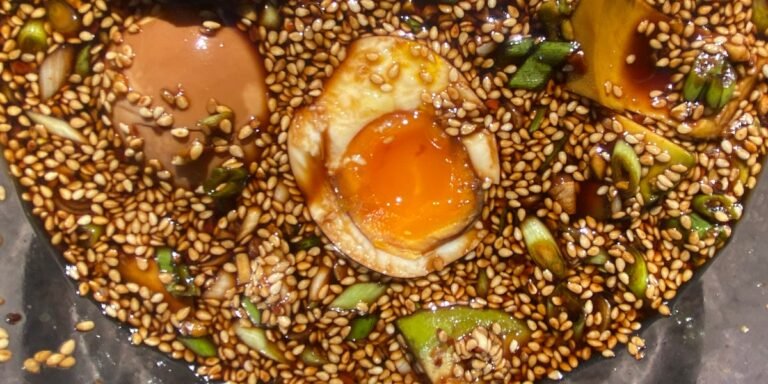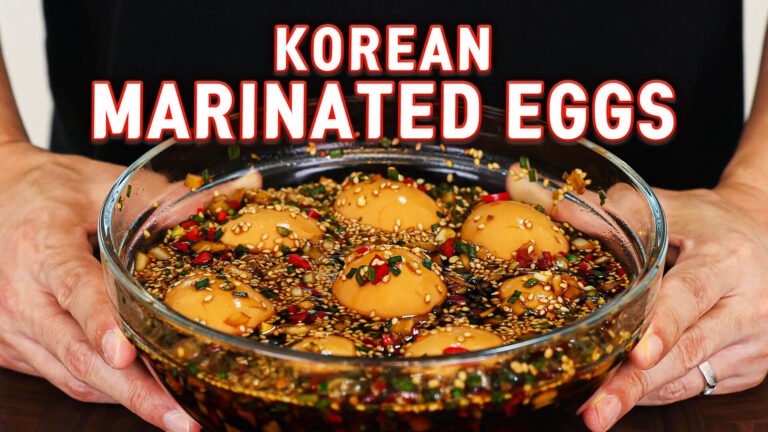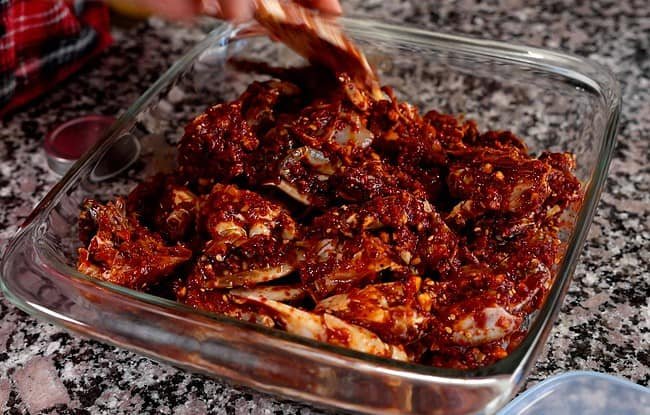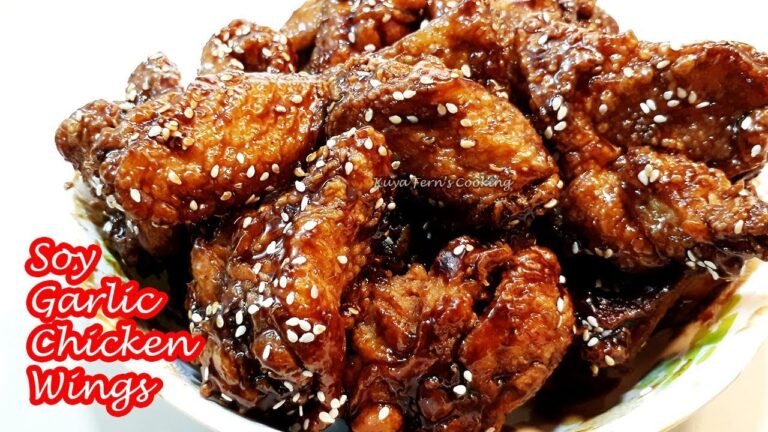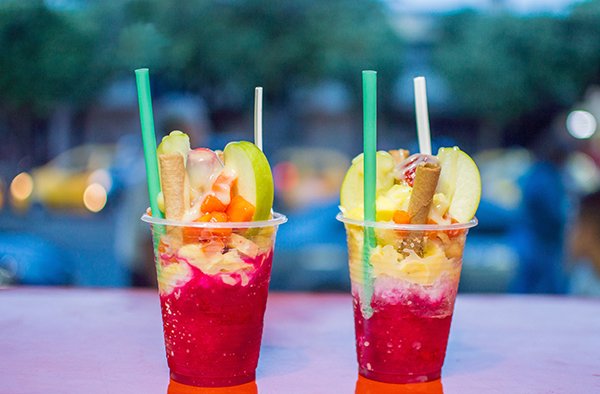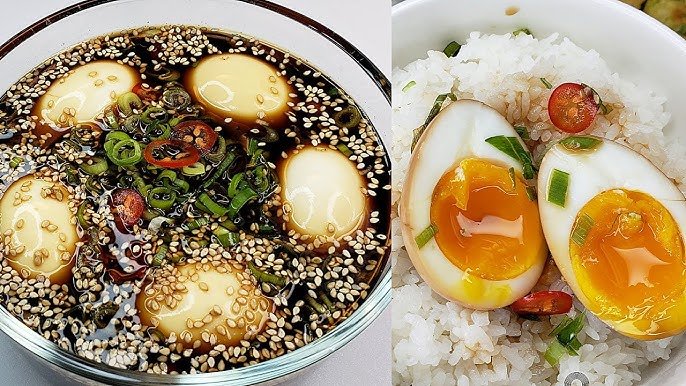Hormigas Culonas Colombia: A Complete Guide to Colombian Big-Bottomed Ants
Introduction to Hormigas Culonas Colombia
In the rich culinary landscape of Colombia, few delicacies are as unique and culturally significant as hormigas culonas, or “big-bottomed ants.” These peculiar insects, scientifically known as Atta laevigata, have been a traditional food source in Colombia’s Santander region for centuries, earning their place as a cherished cultural symbol and sought-after delicacy.
Historical Significance
The tradition of consuming hormigas culonas Colombia dates back to pre-Columbian times when indigenous communities first discovered these insects’ nutritional value. The Guane people, native to the Santander region, considered these ants a valuable food source and even used them as currency in some transactions.
Biological Characteristics
Physical Appearance
- The queens of these leaf-cutter ants are significantly larger than regular ants, measuring up to 2.5 centimeters in length
- They are characterized by their distinctive large abdomen, which gives them their colloquial name “culonas” (big-bottomed)
- Their color ranges from dark brown to black, with a glossy exoskeleton
Habitat and Life Cycle
These fascinating creatures are primarily found in the Santander department of Colombia, particularly around the cities of San Gil and Barichara. If you’re interested in learning more about Colombian cuisine and culture, visit 10for10 for comprehensive travel guides and local insights.
Harvesting Process
Season and Timing
- The harvesting season typically occurs during the rainy months of April and May
- Ants emerge from their colonies for their nuptial flight, known locally as “vuelo nupcial”
- Collection usually takes place in the early morning or late afternoon
Traditional Collection Methods
The harvesting of hormigas culonas Colombia involves specific techniques passed down through generations:
- Collectors identify ant colonies and wait for the queens to emerge
- Traditional tools include buckets, baskets, and specially designed traps
- The process requires patience and skill to catch the queens while avoiding worker ants
Culinary Applications
Traditional Preparation
The preparation of hormigas culonas Colombia follows specific steps:
- Cleaning and sorting to remove wings and legs
- Toasting or roasting in clay pots without oil
- Seasoning with salt to enhance their natural flavor
Nutritional Value
These insects are remarkably nutritious:
- High protein content (up to 40%)
- Rich in essential minerals including iron and calcium
- Low in fat and carbohydrates
- Contains beneficial amino acids
Cultural Impact
Economic Importance
The harvesting and sale of hormigas culonas Colombia has become a significant economic activity:
- Creates seasonal employment opportunities for local communities
- Generates income for families in rural areas
- Supports local markets and tourism
Tourism Attraction
- Attracts food enthusiasts from around the world
- Featured in culinary tours and food festivals
- Promotes cultural exchange and understanding
Modern Applications
Contemporary Cuisine
Modern chefs are incorporating hormigas culonas Colombia into innovative dishes:
- Gourmet appetizers and canapés
- Fusion dishes combining traditional and modern elements
- Specialty cocktails garnished with toasted ants
Commercial Production
The commercialization of these ants has evolved:
- Professional harvesting operations
- Quality control measures
- Standardized packaging and distribution
- Export to international markets
Conservation and Sustainability
Environmental Concerns
- Impact of climate change on ant populations
- Need for sustainable harvesting practices
- Protection of natural habitats
Preservation Efforts
Various initiatives aim to preserve this tradition while ensuring sustainability:
- Local regulations on harvesting
- Community-based conservation programs
- Education about sustainable collection methods
Regional Variations
Geographic Distribution
- Primary regions of ant colonies
- Variations in size and taste based on location
- Regional harvesting techniques
Cultural Differences
Different areas have developed unique traditions:
- Local preparation methods
- Serving customs
- Cultural significance
Health and Safety
Consumption Guidelines
- Proper storage methods
- Recommended serving sizes
- Potential allergic reactions
Quality Control
Important considerations for safe consumption:
- Proper cleaning and preparation
- Storage requirements
- Expiration guidelines
Future Prospects
Research and Development
Ongoing studies focus on:
- Sustainable farming practices
- Nutritional benefits
- Preservation techniques
Market Expansion
The future of hormigas culonas Colombia looks promising:
- Growing international interest
- Development of new products
- Expansion into global markets
Conclusion
Hormigas culonas Colombia represents more than just a unique culinary experience; it embodies centuries of tradition, cultural heritage, and sustainable food practices. As global interest in alternative protein sources grows, these remarkable insects continue to gain recognition beyond Colombia’s borders, while maintaining their special place in the country’s cultural and culinary identity.
FAQs About Hormigas Culonas Colombia
Q: When is the best time to try hormigas culonas Colombia?
A: The best time is during the harvesting season in April and May when fresh ants are available.
Q: Are hormigas culonas Colombia safe to eat?
A: Yes, when properly prepared and purchased from reputable sources, they are completely safe for consumption.
Q: How long can hormigas culonas Colombia be stored?
A: When properly stored in an airtight container, they can last up to six months.
Q: Can hormigas culonas Colombia be found outside of Colombia?
A: While they’re primarily found in Colombia, some specialty stores and online retailers now ship them internationally.
Q: What do hormigas culonas Colombia taste like?
A: They have a unique, nutty flavor often compared to roasted peanuts or popcorn.

